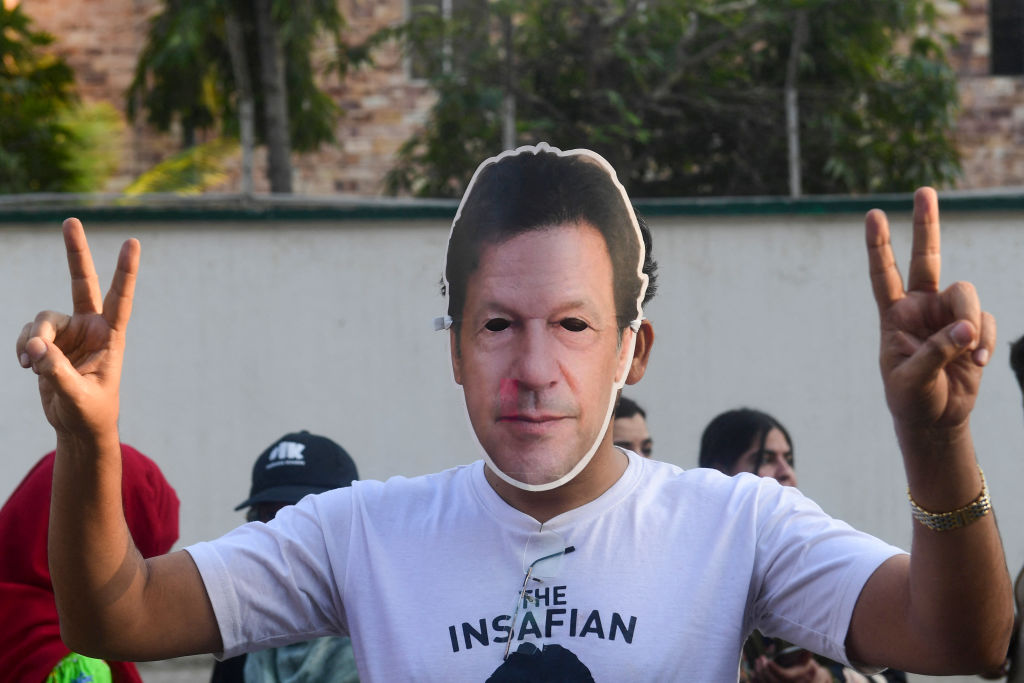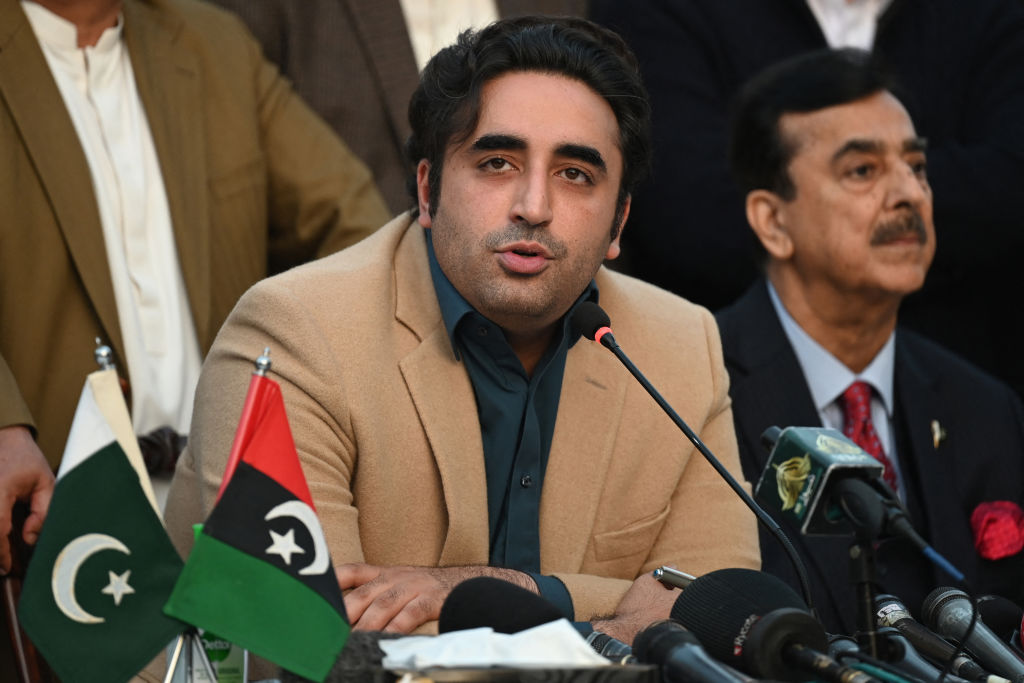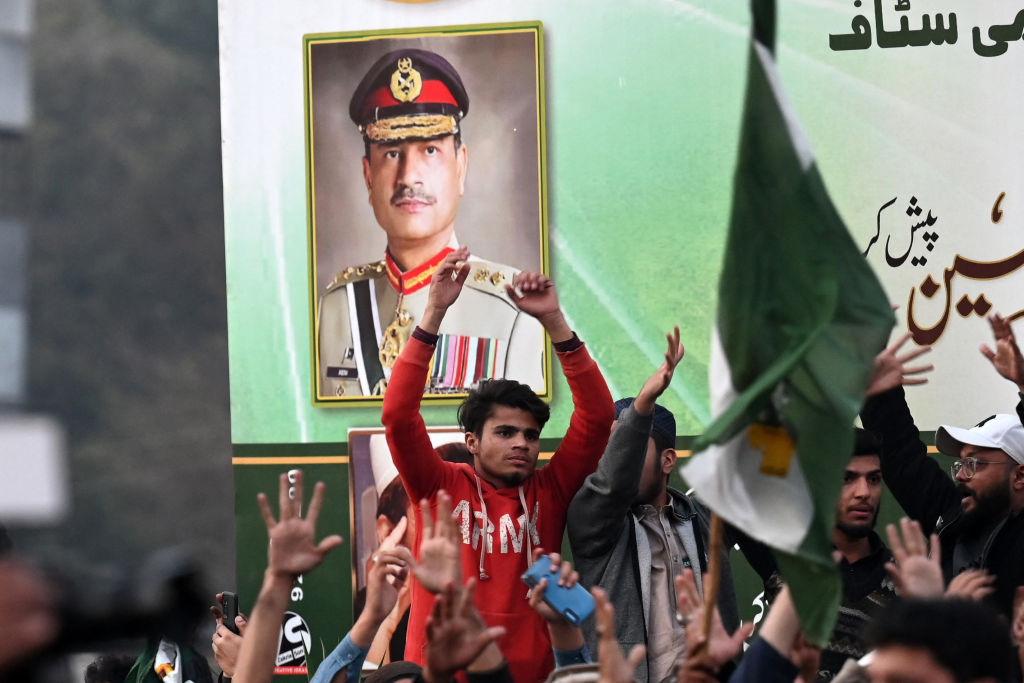- Friday, May 09, 2025
Given the performance of the PTI-backed candidates, Khan and his party can not yet be ruled out of the scene in the days to come even if the PML-N and PPP join forces at the moment.

By: Rehan Rajput
AMIDST significant multi-polar interference from various interest groups, the eagerly anticipated national elections in Pakistan finally took place on February 8. The entire nation awaited the outcome with bated breath, expecting a substantial shift in the country’s political landscape.
The rise of cricketer-turned-politician and former prime minister Imran Khan added an unprecedented twist to Pakistan’s political saga. As the chairman of Pakistan Tehreek-e-Insaf (PTI), Khan’s challenge to the authority of the Pakistani Army marked a historic moment in the country’s political history, confronting the institution that has long wielded significant influence in its power dynamics since independence 76 years ago.
The results of the elections marred by violence and other alleged irregularities were expected to begin emerging immediately after polling ended, However, there was a delay of several hours in unveiling the results. Numerous reports surfaced alleging rigging and intimidation during the counting of votes, particularly targeting independent candidates that were backed by the PTI which was barred from contesting the polls. There were also allegations of extensive tampering of ballots against candidates supported by the PTI.
Read: Decoding Pakistan’s challenging national election of February 8

Yet, the results displayed the popularity that Khan still enjoyed. Despite being at odds with the Pakistani Army and the entire opposition, the PTI-backed candidates won 93 National Assembly seats out of 266, more than the two other major parties — former prime minister Nawaz Sharif’s Pakistan Muslim League – Nawaz (PML-N) and Bilawal Bhutto Zardari’s Pakistan People’s Party (PPP).
Read: Ahead of Pakistan polls, PPP’s Bilawal Bhutto makes Kashmir promise
Similar sentiments were reflected in the provincial election results. Punjab, Pakistan’s wealthiest province, witnessed the revival of PML-N, which was close to the majority mark and likely to form the government with the PPP. In Sindh province, the PPP won an absolute majority and is all set to form its government. In Khyber Pakhtunkhwa, PTI-led independents swept. In Balochistan, a restive province, the PML-N, PPP, and Muttahida Qaumi Movement-Pakistan (MQM-P) are likely to form a coalition government.

In the National Assembly, there are a total of 336 seats, of which elected candidates fill 226. The remaining 70 seats are reserved, with 60 of them being allocated for women and 10 for non-Muslims. Allocation of these reserved seats is based on the representation of each party in the national assembly. A party or coalition needs a majority of 169 out of 336 to form the government in Islamabad. Political parties are given reserved seats for 60 women and 10 non-Muslims based on the number of general seats they win in direct elections.
Thus, the PTI, PML-N, PPP, MQM-P, and others have a chance to increase their seats in the National Assembly in proportion to the seats they have won through direct voting.
Notably, the PTI had to run as independents due to the party’s legal woes since the Election Commission of Pakistan took away its election symbol – ‘cricket bat’. They had no other chance except to contest as independents.
Though all the 93 winning independent candidates are not linked to PTI, many among them are “True Independents” and can join rival parties such as PML-N, PPP, and MQM-P.
Most of these winning independent candidates are the past candidates or the PTI loyalists. Historically, independent candidates have almost always ended up joining the party with the largest number of seats in the National Assembly. It is Sharif’s PML-N this time.
Statistically, Sharif’s PML-N, PPP, and MQM-P currently comprise 149 seats out of the 265 National Assembly seats declared. In the same proportion, once the reserved seats of these parties are added, they would easily cross the majority mark of 169 out of 336 to form the government. Thus, the next coalition government in Pakistan more or less looks like the previous Pakistan Democratic Movement alliance that featured the PML-N, PPP, MQM-P, Jamiat Ulema-e-Islam (Fazl), and other parties. It was in power for 13 months after Khan’s government collapsed following rifts with the army.
However, given the performance of the PTI-backed candidates, Khan and his party can not yet be ruled out of the scene in the days to come as the politics of Pakistan never fails to surprise the observers.
Rehan Rajput is a geopolitical Analyst, writer, consultant, and media show panelist. He is currently working as a senior geopolitical risk analyst with IIRIS, one of India’s top consulting MNCs.